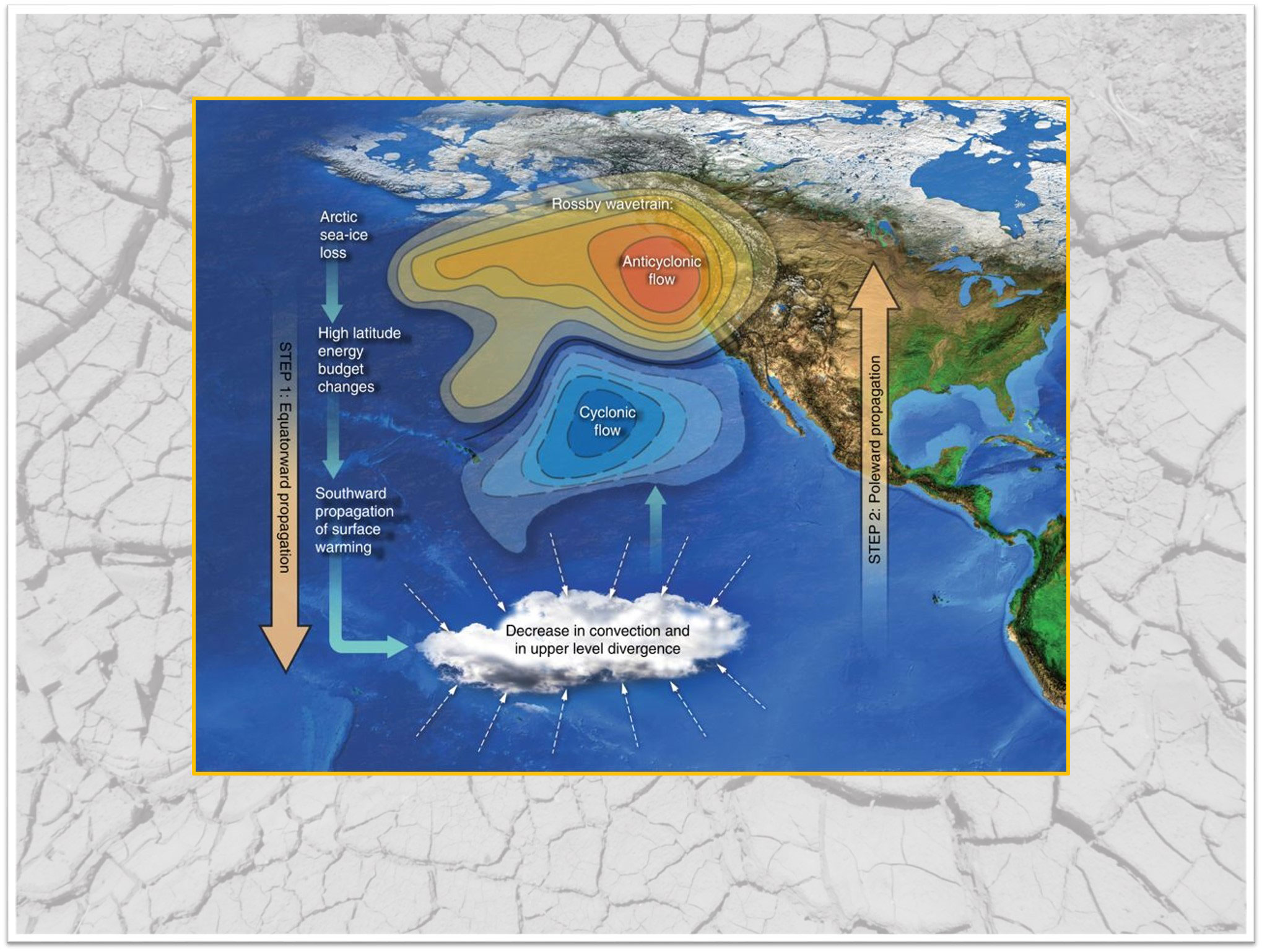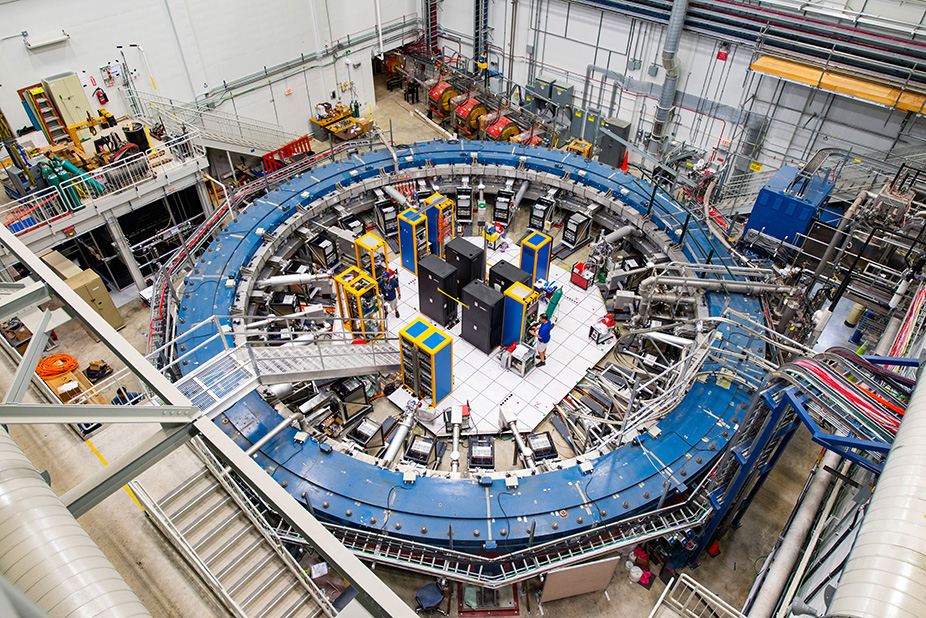
New Probe for the Secrets of Complex Interfaces
Element-selective method reveals interfacial properties of materials used for water purification, catalysis, energy conversion, and more.

Element-selective method reveals interfacial properties of materials used for water purification, catalysis, energy conversion, and more.

Widespread fracturing during lake drainage triggers vertical shafts to form that affect the Greenland Ice Sheet.

A combined experimental and modeling approach contributes to understanding small proteins with potential use in industrial, therapeutic applications.

Artificial intelligence on Summit to discover atomic-scale structures.

A new modeling framework helps understand the consequences of future sea-ice loss in the Arctic.

The mechanism responsible for creating intense magnetic fields in laser-driven plasmas also helps tear the fields apart.

Unexpected molecular interactions involving water clusters have a subtle, yet profound, effect on extractants picking their targets.

Comparing new prediction to measurements of muons’ precession could potentially help scientists discover new subatomic particles.

Crests of watery waves breaking in oil may be the gatekeepers to transport vital chemicals in industrial separation process.

Researchers developed a new self-generating lubricant with great potential for industrial applications.

Charged particles emanating from Jupiter’s magnetosphere are powered up to create the northern and southern lights on Ganymede, Jupiter’s largest moon.

Collaboration powers machine learning software that performs data analytics on petabyte-sized data sets in series of successful test runs.
Signup for the Office of Science’s GovDelivery email service, and check the box for the Advanced Scientific Computing Research Program in your subscriber preferences.
Subscribe